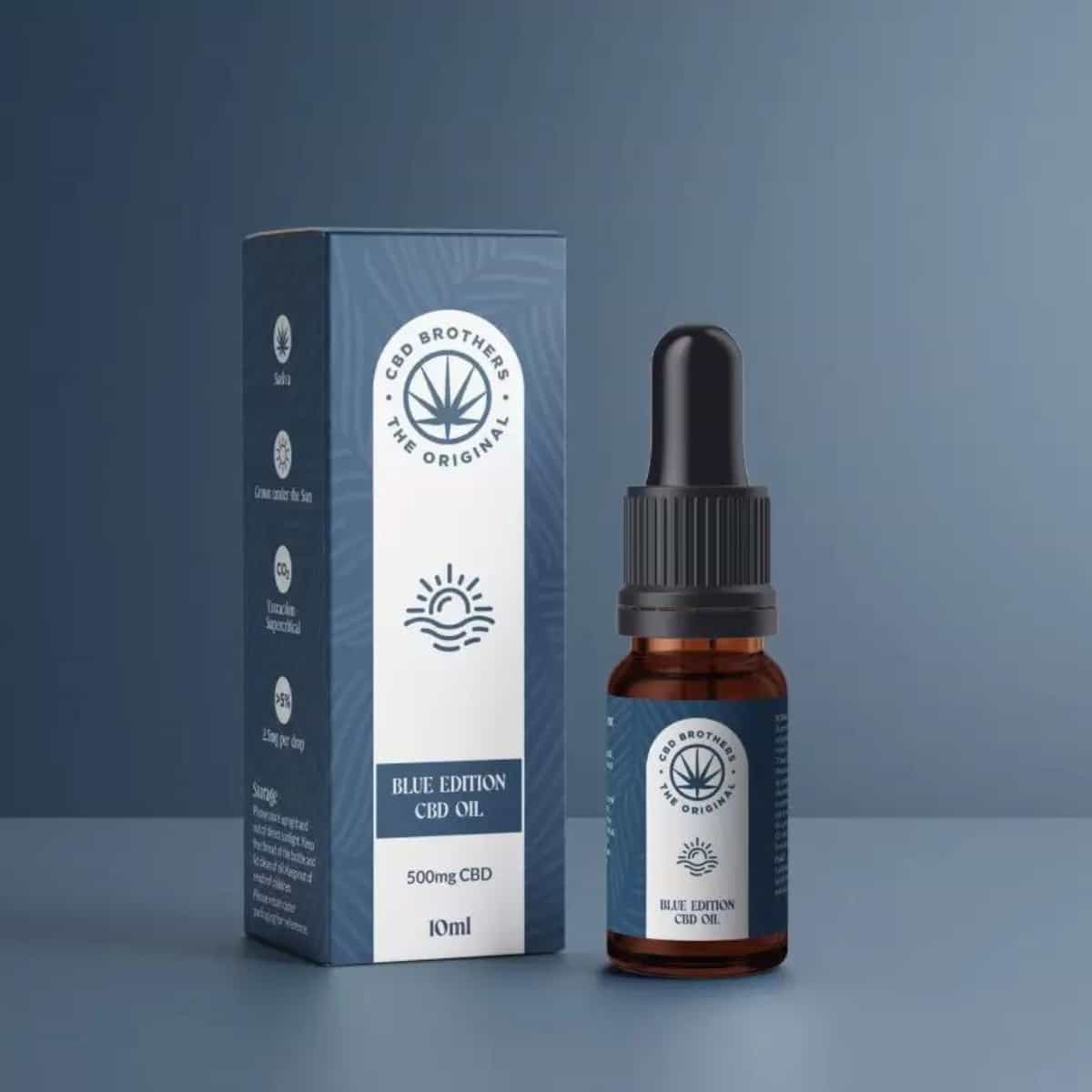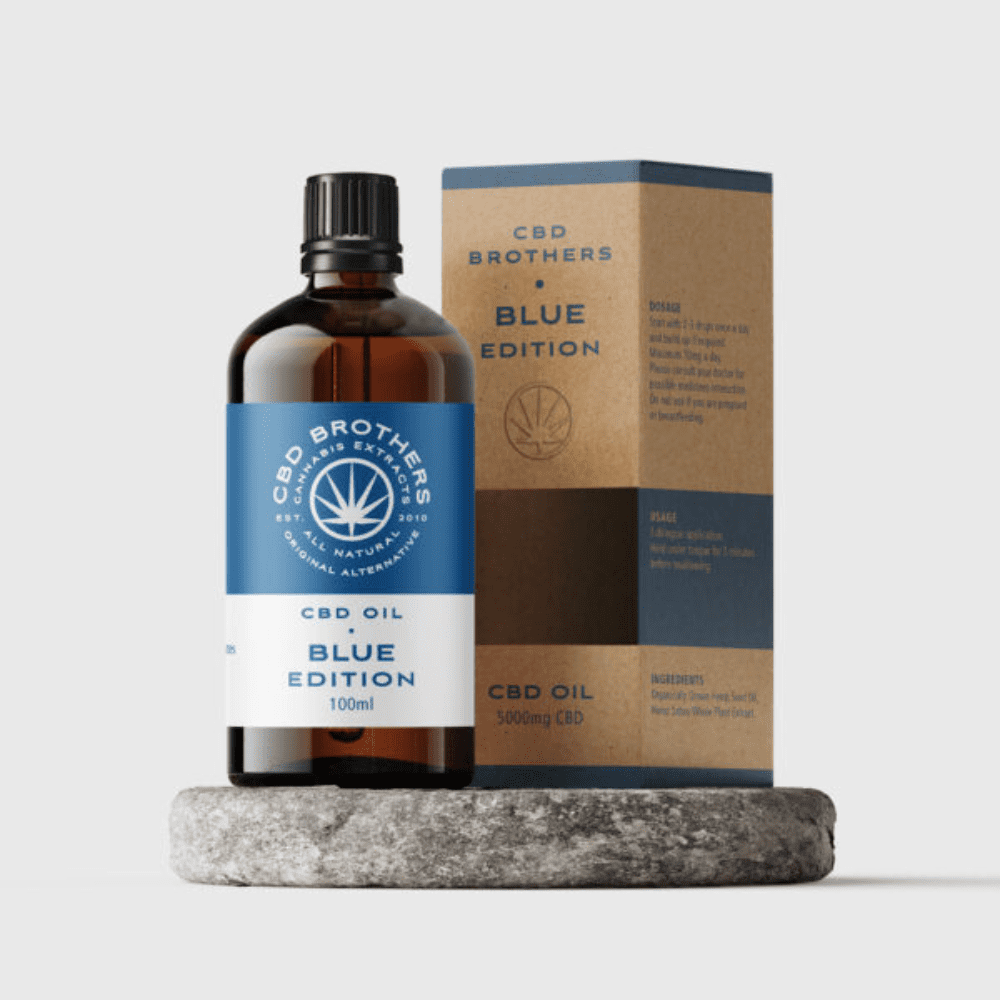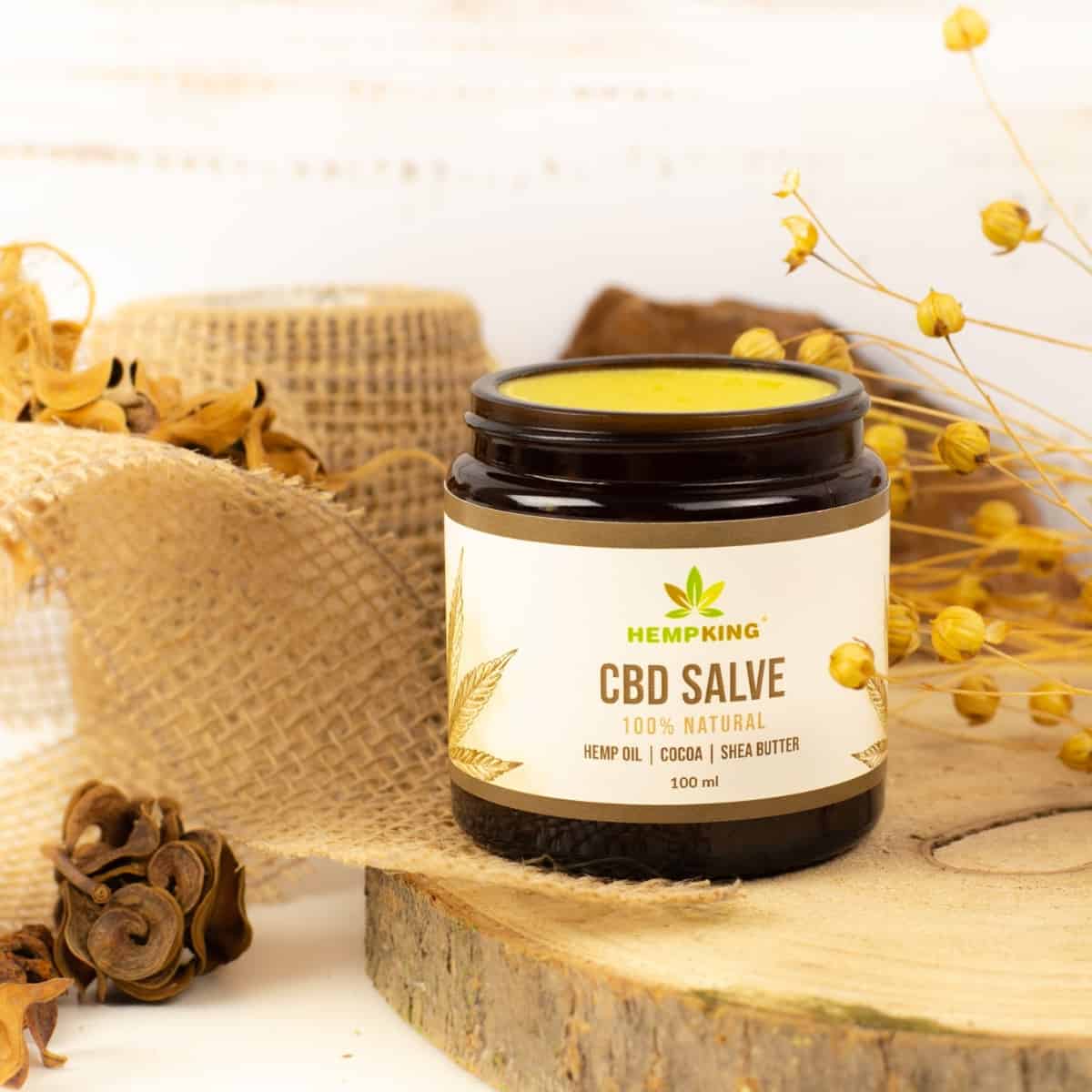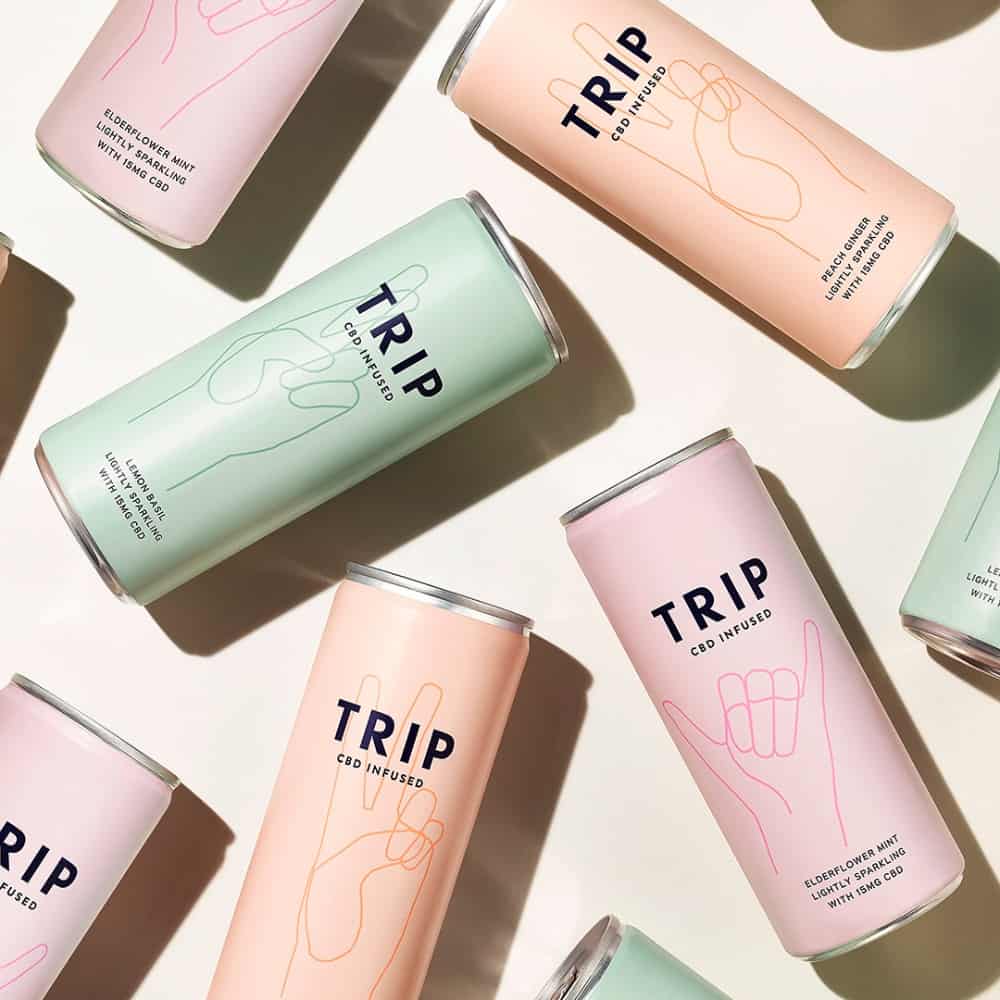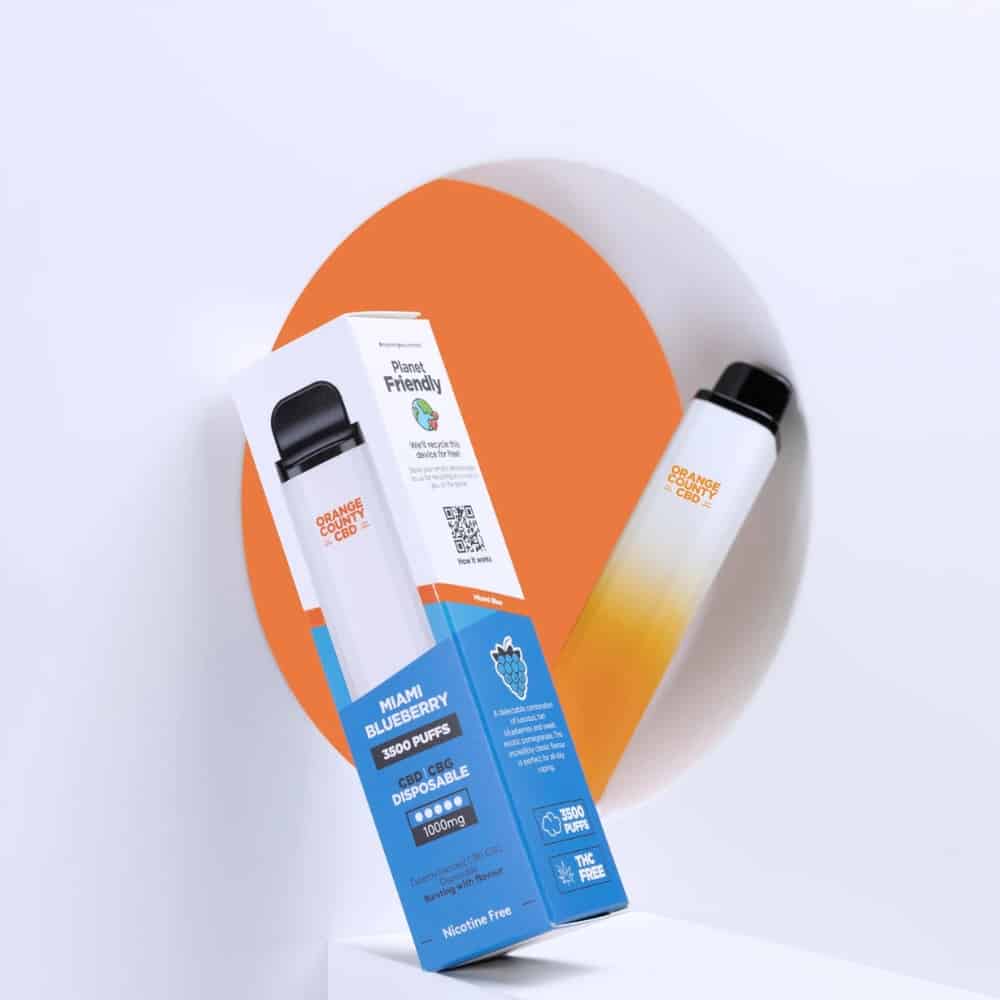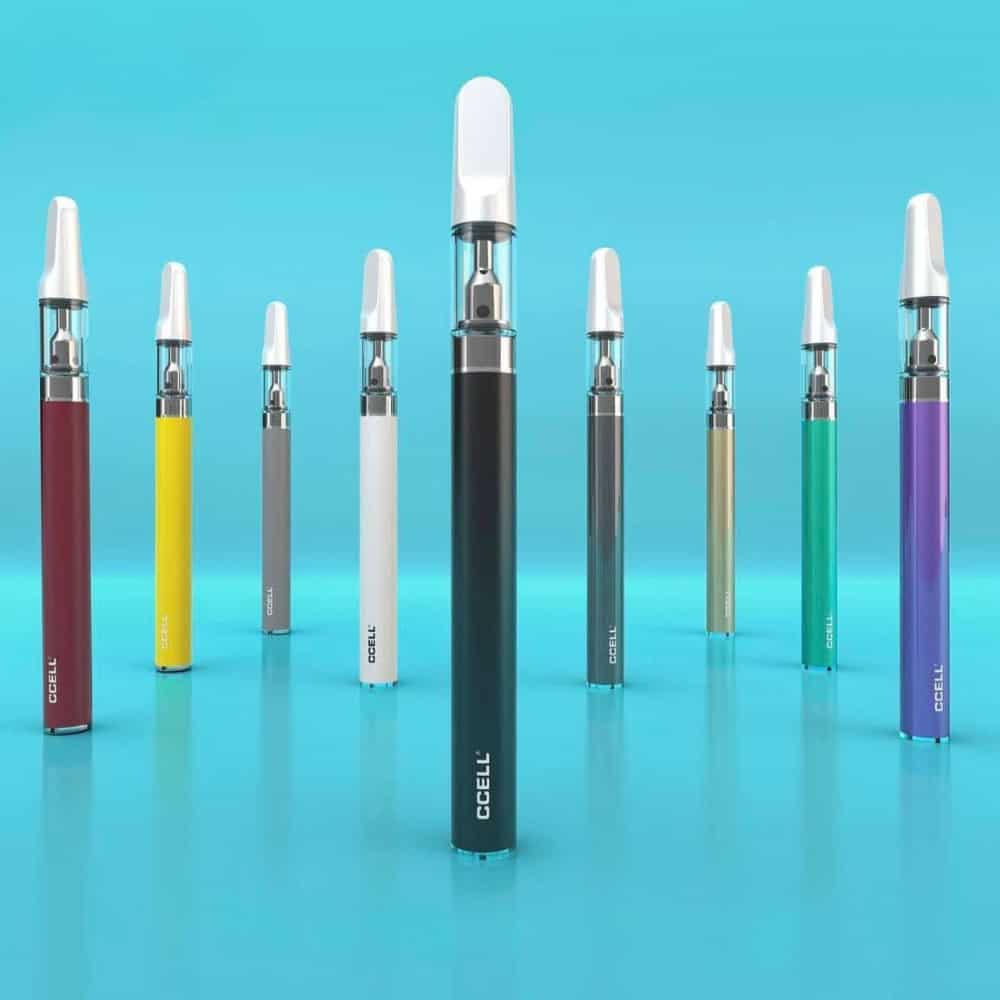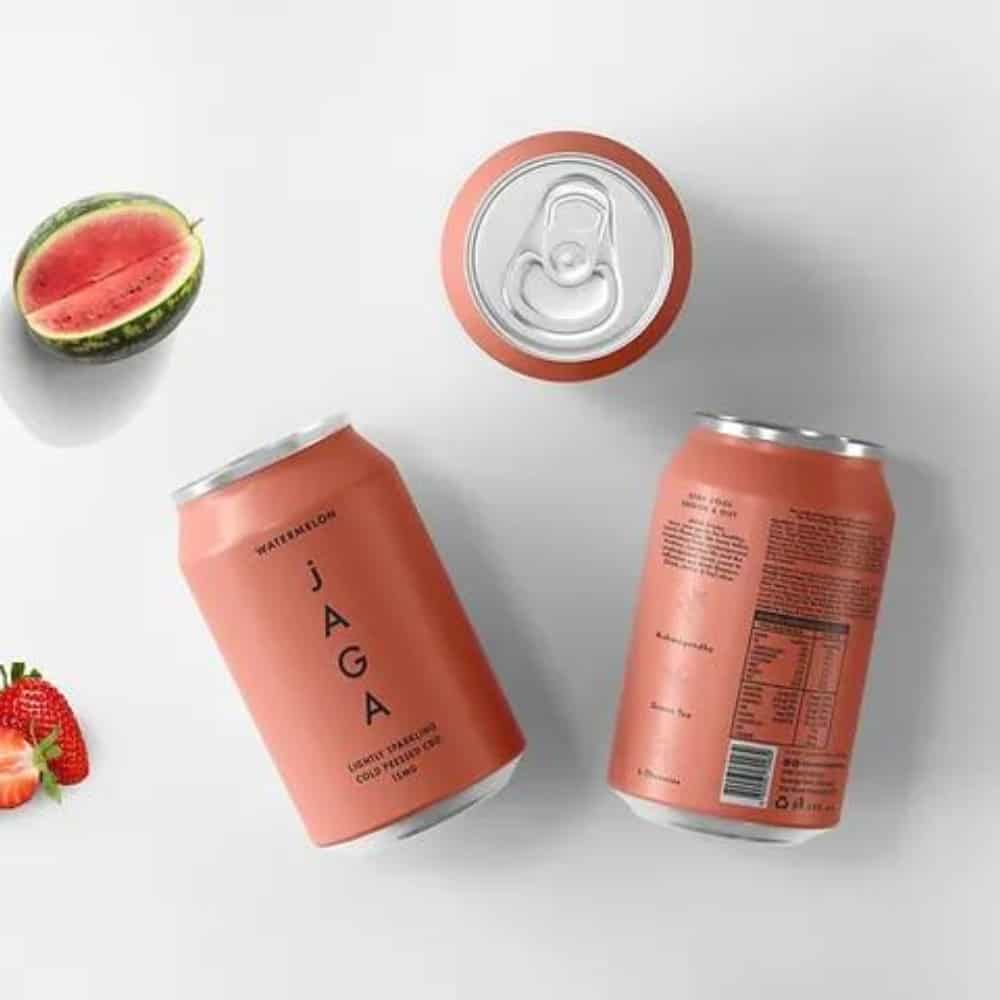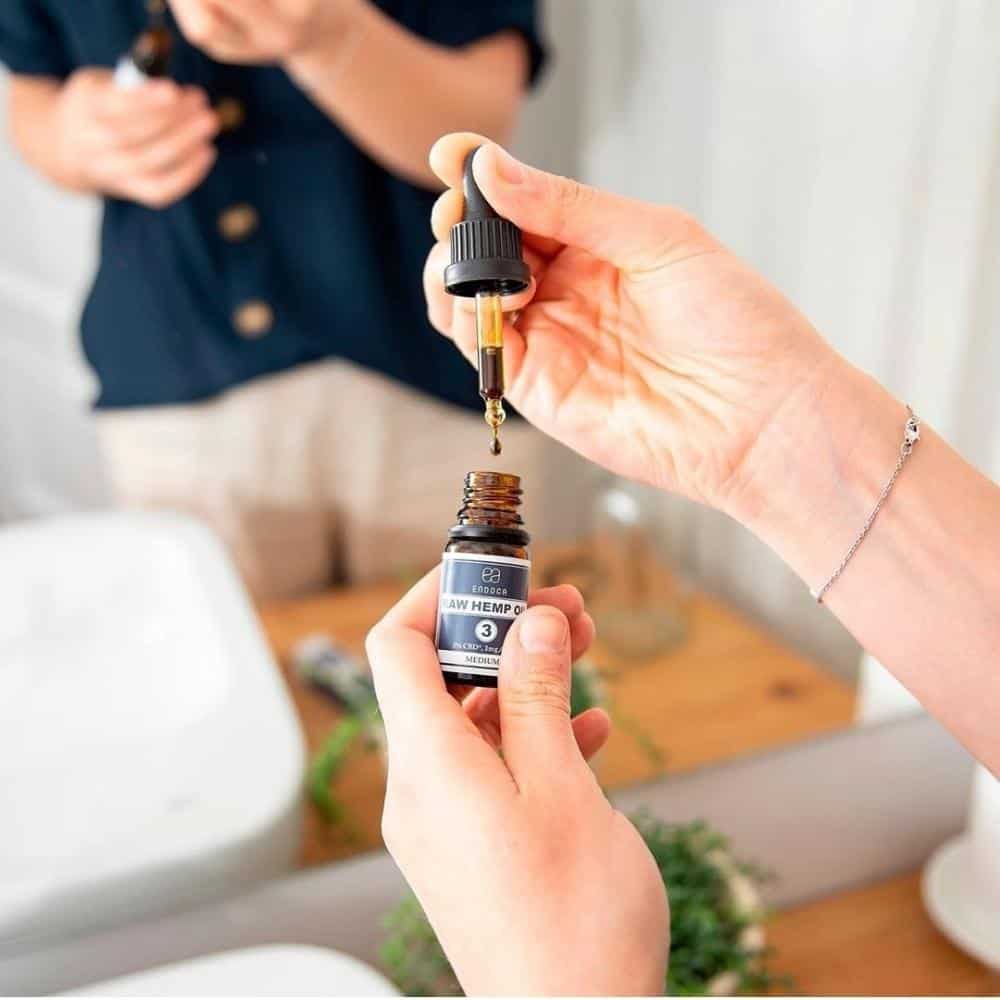CBD has established itself as the go to supplement for many and for very good reason. This safe, non-intoxicating molecule is the perfect way to enjoy the health benefits of cannabis without the psychotropic effects. Previously we discussed what to look for when purchasing CBD, but how do you know how much to take? Our CBD dosage guide takes a closer look..
Dosage is an area that can cause some confusion for a number of reasons. With CBD use in relative infancy, there is not much research on which dosage is best. Furthermore here in the UK, medical doctors are not trained on cannabis or the endocannabinoid system. This means they are unlikely to be able to advise you on CBD dosage.
Finding your optimal dose is integral to getting the best out of your CBD experience. Whether you are administering CBD oil or inhaling CBD e-liquid how much you take is critical. Our CBD Dosage Guide will equip you with everything you need to know to enjoy the best CBD experience!
Contents
- What affects CBD dosage?
- Bioavailability of CBD
- Genetics
- State of health
- Tolerance
- Reverse Tolerance
- Isolate or Full Spectrum Extract?
- How CBD works within the body
- The Endocannabinoid System
- CBD and the Endocannabinoid System
- How much CBD can you take?
- Manufacturer Recommendations
- Can you take too much CBD?
- CBD Dosage Guide
- Common CBD Dosage
- CBD Oil Dosage Guide
- How much CBD does each drop contain?
- CBD Vaping Dosage Guide
- CBD E-Liquid Dosage Guide
- Concentrate Dosage Guide
- Oral CBD Dosage Guide
- CBD Skincare Dosage Guide
- Conclusions
What affects CBD dosage?
Firstly, CBD dosage is unique to the individual and effects may vary from person to person. There is no one-size-fits-all when it comes to dosing cannabinoids. With a little bit of knowledge and perseverance however, you will soon find your ‘sweet spot.’
Secondly, there are a number of factors to consider that will determine how CBD affects you. These include route of administration, which other cannabinoids, terpenes are present, genetics and more.. We take a look at these in more detail to help you towards your optimal CBD dosage below:
Bioavailability of CBD
One key factor in determining how CBD affects you is how you administer it. The CBD molecule is fat soluble in nature and thus is poorly absorbed by the body. To further muddy the waters, each form of CBD will differ in how much it is absorbed.
For example inhaled CBD is highly bioavailable and less will typically be required. Oppositely CBD capsules have lower rates of absorption therefore a larger dose may be required. CBD oil taken sublingually (under the tongue) is delivered to the bloodstream through the oral mucosa and has good bioavailability.
Genetics
Each of us is genetically unique; because of this any given substance will affect each of us differently. With CBD this is down to the endocannabinoid system and specifically how many cannabinoid receptors you have. This will determine how sensitive you are to cannabinoids and how quickly you metabolise them.
Those who metabolise cannabinoids quickly may need higher doses to achieve their desired effects. Whereas those who metabolise them slowly will likely need less CBD each time. Similarly those who are sensitive to CBD will need less whereas those with low sensitivity will need to take more.
State of health
Another important point to consider is that we are all in differing states of health. Some people may be using CBD to manage chronic pain whereas others wish to simply aid and improve overall health. All of these factors will play a role in how well CBD works for them.
To contextualise this, someone at peak physical fitness who is using CBD for recovery will likely require a smaller dosage. The reason for this is that their body will process CBD differently than someone with a less active lifestyle. At the other end of the spectrum, someone who is treating chronic pain with CBD will require a larger dose.
Similarly, age and weight may also factor; for example an older consumer with a weaker processing system may require a small dose. In contrast a larger person with more weight may require a higher dose.
Tolerance
Tolerance to cannabinoids may also build with regular use. As exposure to cannabis molecules increases the human body may begin to withdraw cannabinoid receptors. This will inevitable render a consumer less sensitive to its effects. This phenomenon isn’t unique to cannabinoids however and happens in all neurotransmitter systems.
Reverse Tolerance
One of the most intriguing aspects of CBD however, is the presence of reverse tolerance. CBD and other cannabinoids are naturally stored in the body’s fat cells where are dissolved back into the bloodstream. This occurs even when someone is not actively consuming CBD. Unlike a traditional tolerance system where more substance is required to achieve the same results, CBD creates a scenario in which less new product is required to blend with the stored fat-cell material.
Isolate or Full Spectrum Extract?
Another important point to note around dosage is what form of CBD is most effective for you. It’s important to remember that single molecule cannabinoid products are typically not as adaptable or efficacious as whole plant formulations. CBD isolate lacks crucial aromatic terpenes and other cannabinoids which are known to interact synergistically to heighten CBD’s therapeutic benefits.
Preclinical research suggests full spectrum formulations are operative at lower doses and have a wider therapeutic window than a CBD isolate product. Isolate products may require higher doses to achieve similar effects.
In addition to isolate and full spectrum formulations there is also broad spectrum CBD. This is extract contains many other beneficial cannabinoids with no THC. Due to this it can be the perfect compromise for those looking for a potent products void of THC. Like full spectrum CBD products, it is probable you will require less broad spectrum CBD than isolated CBD.
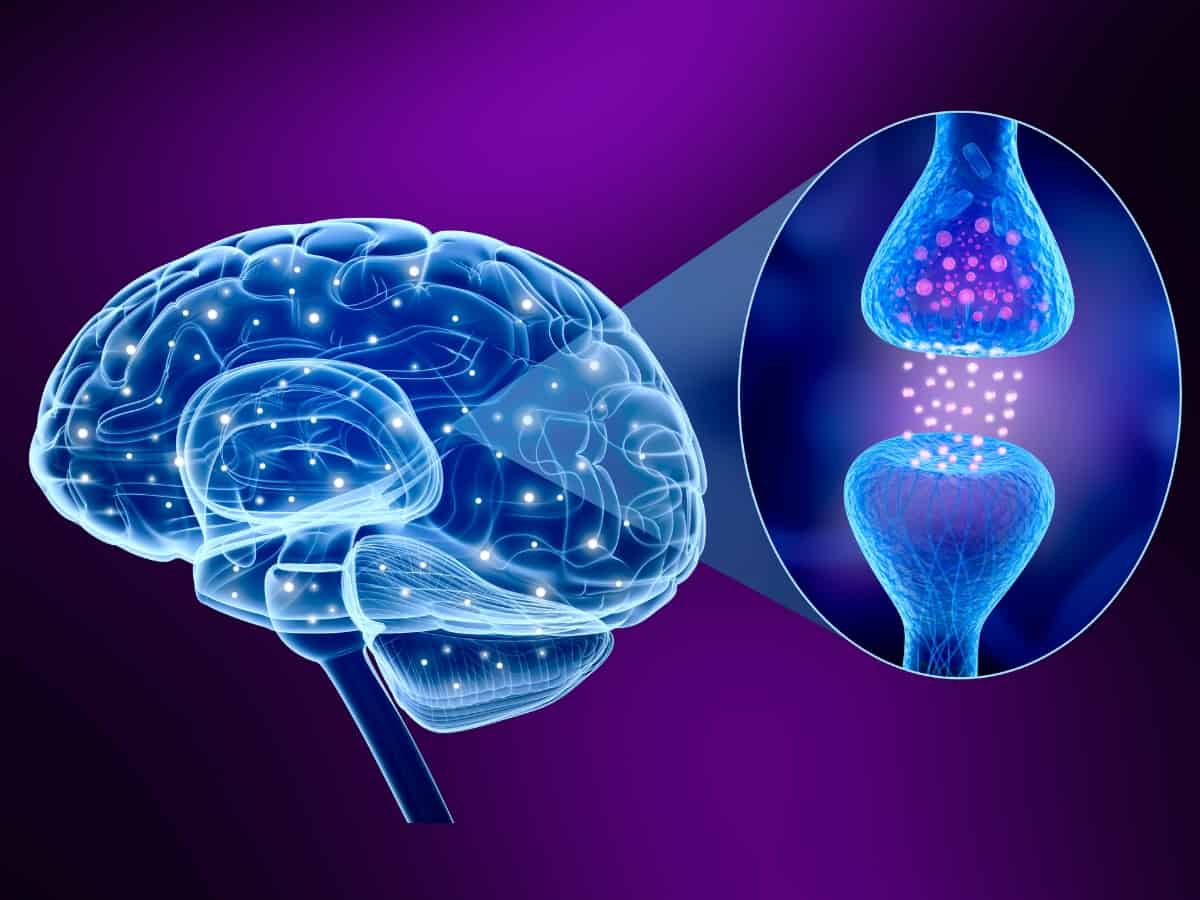
How CBD works within the body
The Endocannabinoid System
To understand how CBD works you within the human body you must first understand the endocannabinoid system (ECS). The ECS is a major signaling network found across the human body. It is responsible for influencing and maintaining balance in a wide range of functions such as pain, inflammation and mood.
The ECS works assiduously monitoring these functions and will trigger adjustments whenever external factors cause any of the functions to become unbalanced, returning them to homeostasis.
CBD and the endocannabinoid system
These adjustments are typically in the form of molecules similar to CBD known as endocannabinoids. This process occurs even if you are not consuming CBD or other cannabis based products. The purpose of these chemical messenger like molecules is to restore balance within the body.
CBD works by encouraging your body to create more of these endocannabinoid molecules. The presence of these endocannabinoids keeps the body in homeostasis and full of vitality.
How much CBD can you take?
This is an area of debate as previously many clinicians and the WHO were advising 100s of milligrams were safe to consume daily. However the Food Safety Authority are now advising to limit CBD consumption to 70mg per day. With that said we are not aware of any adverse effects of exceeding this dosage. However it is better to err on the side of caution particularly if you are taking other medication.
Moreover if you are new to CBD it is important to begin on a low dose. This will afford you an opportunity to monitor how your body reacts to the cannabinoid molecule. After that the idea is to slowly increase the dose, as required, until you find your sweet spot. As Dr. Dustin Sulak said at CannMed “start low, go slow, and don’t be afraid to go all the way.”
Manufacturer Recommendations
It is also worth mentioning that most CBD products will offer a serving recommendation. They may even advise how many times per day you can take it. This can be a useful guide for most users however it is worth remembering CBD dosage is highly subjective and therefore the recommended dose will not necessarily be suitable for all.
Can you take too much CBD?
Due to the lack of information available around CBD dosage, this is an important question. While there are some reports of side effects from CBD use such as drowsiness, dizziness or mild diarrhoea, they are rare. All in all CBD is a remarkably safe substance with doses over 1000mg being used in clinical trials. The world health organisaton famously labelled CBD as “well tolerated with a good safety profile.”
CBD may also affect how other medication affects you if taken at the same time. If you are taking regular medication it is advisable to speak with a general practitioner before you begin a CBD supplement programme.
CBD Dosage Guide
Below is our CBD dosage guide to help you get the best experience possible from your products. Please remember it is imperative you read the dosage instructions on the product you are taking as the concentration of CBD and other cannabinoids will vary from product to product resulting in different outcomes.
Furthermore it is recommended that you speak to a CBD specialist for tailored advice around dosage. We also recommend that you consult a physician when starting a new dietary supplement program. With that said there are a few common dosage strategies that may work for you.
Common CBD Dosage
While it is clear that there are many variables that can affect CBD dosage, there is still some common ground to guide us. The majority of CBD users find a dose of between 10 and 70mg works best. This can be taken at once or split up throughout the day, as required.
Most CBD producers advise you take 10-25mg servings 1-3 times per day. Of course this is not viable for everyone and we have seen great results with one serving per day. It is also worth remembering the FSA now advise healthy adults take no more than 70mg CBD per day.
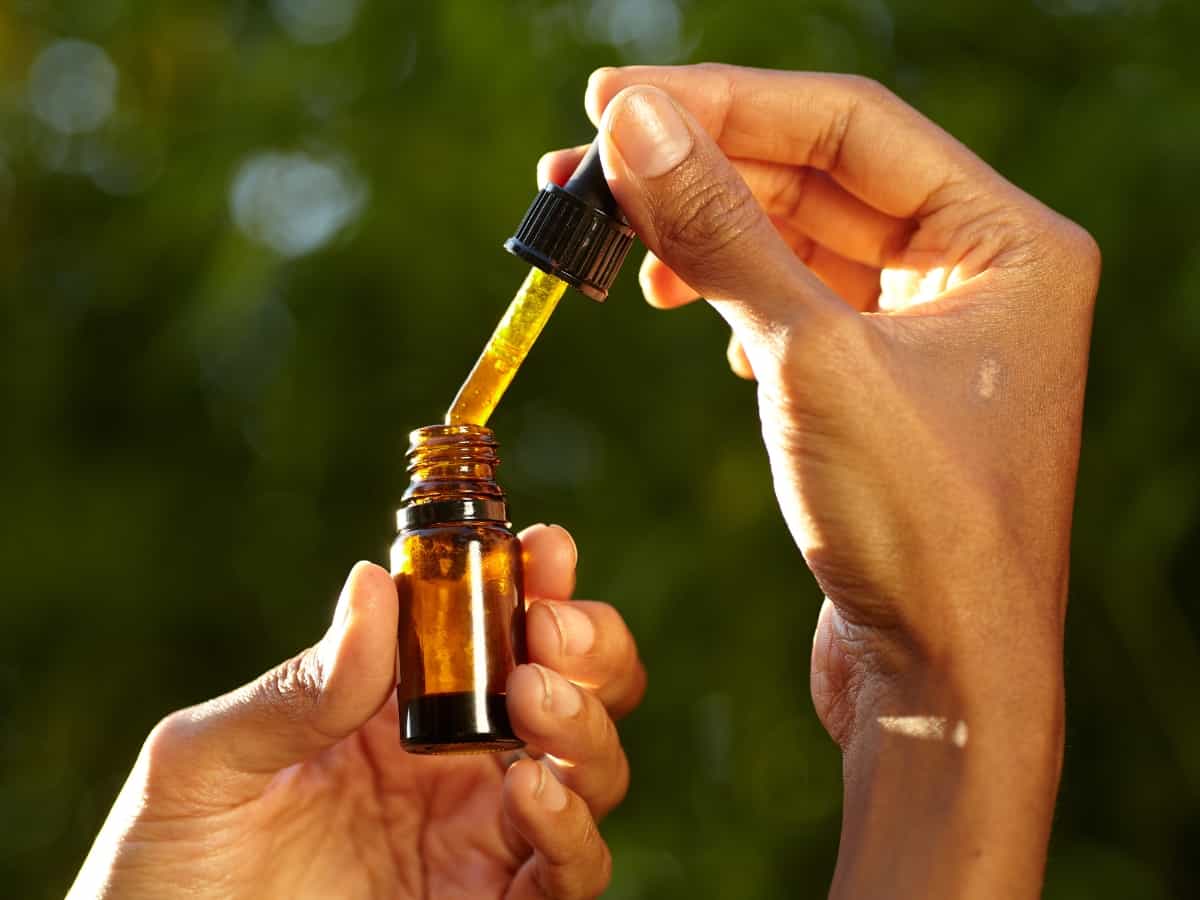
CBD Oil Dosage Guide
CBD dosage will vary depending on the concentration of CBD present and the volume of liquid in the bottle. However the guide below will give you a rough idea of how to up-titrate and find your optimal CBD dose. In the below example we assume you are using a standard 5% oil at 2.5mg per drop.
1) Start by taking 1-3 drops (2.5mg – 7.5mg) on the first day. This will allow you to see how you feel much like a test patch of a new cosmetic. Remember start low and go slow..
2) After that increase your dose to 3-5 (7.5mg-12.5mg) drops per day. You should remain at this dose for a few days to allow you ample time to monitor your body’s reaction.
3) Spread the drops throughout the day, for example taking one or two drops in the morning and the evening. Take after food to further boost the absorption of CBD by 14-25%. The more CBD you absorb the greater the therapeutic effects.
4) Finally continue to increase the dosage at a slow rate until you find your sweet spot. This is known as the up-titration method.
Remember to place drops under your tongue for absorption via the sublingual gland. Do this at least 90 seconds before swallowing to maximise the amount of CBD that reaches your bloodstream.
How much CBD does each drop contain?
This is getting trickier to answer as more products enter the market. This is due to brands moving away from the standard 10ml volume and using different volumes of oil. More carrier oil is great for helping to absorb more CBD but it can make it confusing for customers. To dispel this confusion, we look at some scenarios below.
A typical CBD oil bottle contains 10ml of liquid which breaks down to around 200 drops. One of the best ways to determine how much CBD each drop contains is to divide the milligrams CBD present in the bottle by the amount of drops. For example, if you have 1000mg CBD in a 10ml bottle (200 drops) each drop will contain 5mg CBD. To arrive at this figure you simply divide the amount of CBD (1000) by the amount of drops (200) – 1000/200=5.
If your CBD oil comes in a 30ml bottle like 365 CBD oil, then each bottle will contain 600 drops. Therefore a 30ml bottle containing 1000mg CBD will contain approximately 1.7mg per drop. These oils are less concentrated but the extra carrier oil helps boost the absorption of CBD.
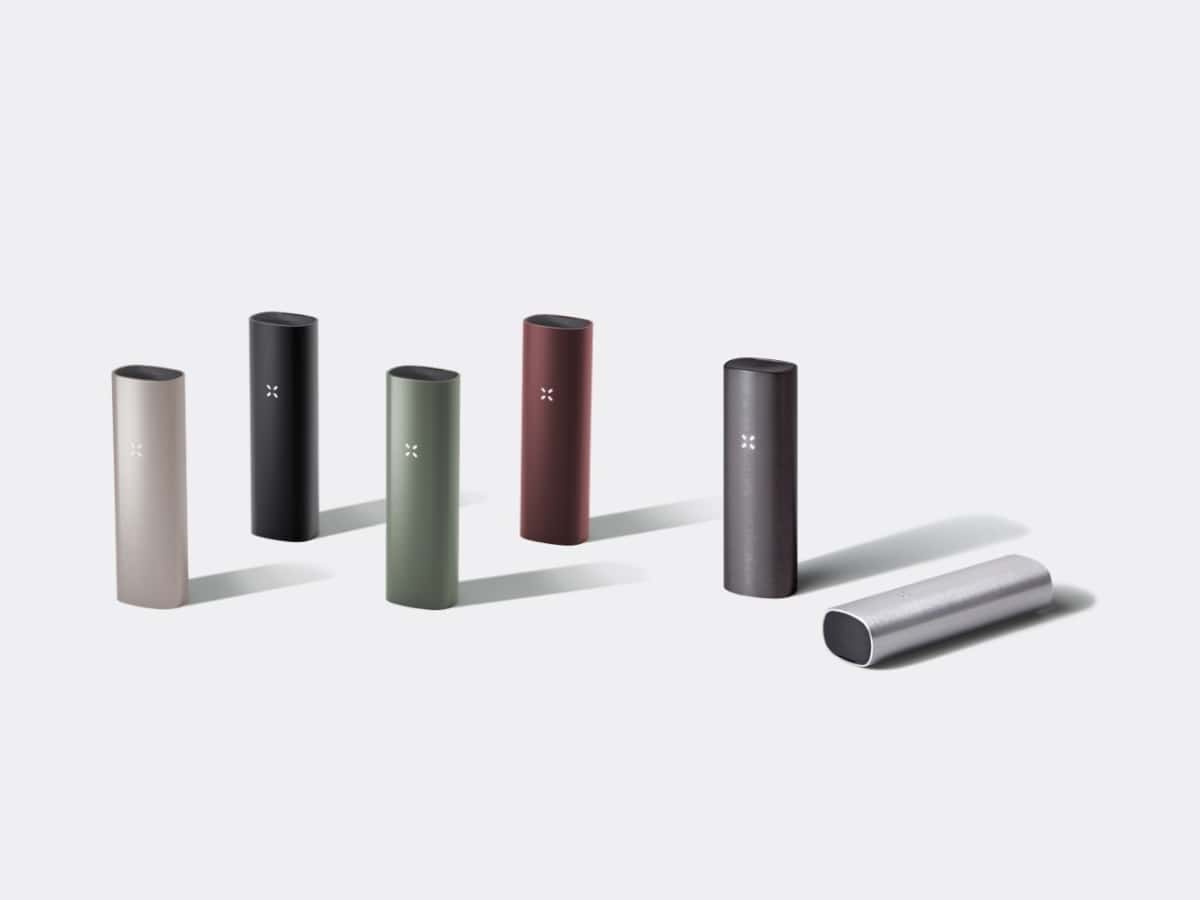
CBD Vaping Dosage Guide
CBD can be vaporised in a number of ways from CBD concentrates to CBD e-liquid. Concentrates are very potent and therefore less will be required whereas e-liquid is available in a host of strengths which will affect the amount required. It is also worth noting that inhaled CBD has the highest rate of absorption again suggesting less should be required.
CBD E-Liquid Dosage Guide
Figuring out your optimal dose for CBD e-liquid can be tricky as products contain varying concentrations of CBD. Furthermore how often and how much of it you vape will determine how much CBD you absorb. Due to its high absorption rates bringing fast acting relief, some users inhale CBD when and as needed. Others may vape frequently throughout the day keeping CBD levels consistent in the body. In this instance, lower concentrations of CBD should be used.
In the below example we use our best selling vape pen the Aspire Pockex which has a 2ml tank. This means you can fill it with a maximum of 2ml of CBD e-liquid. We describe how much CBD each full 2ml tank will contain for a few different products all of which are 10ml in volume.
100mg CBD e-liquid = 20mg CBD per 2ml
250mg CBD e-liquid = 50mg CBD per 2ml
500mg CBD e-liquid = 100mg CBD per 2ml
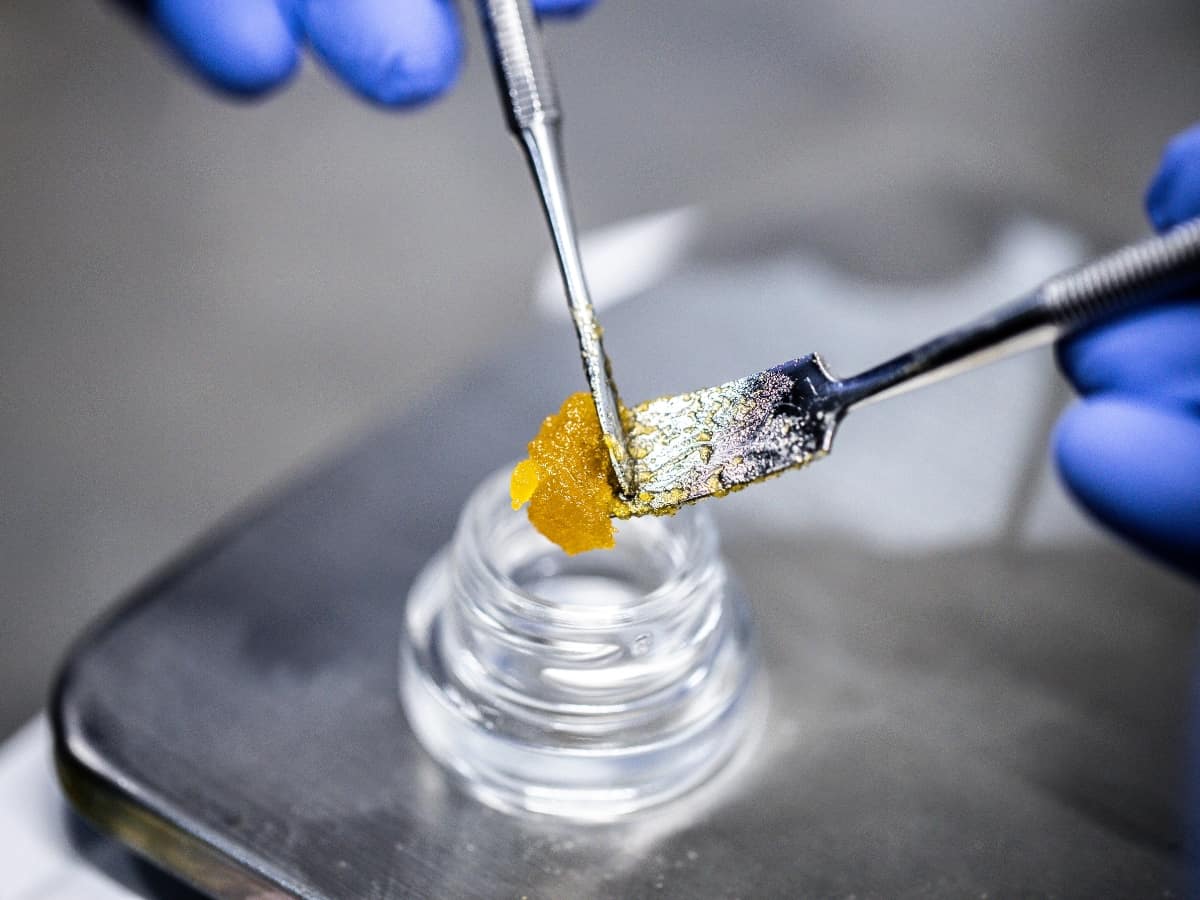
CBD Concentrates Dosage Guide
Another method of vaping CBD that is growing in popularity is using concentrates such as CBD Dabbing extracts or CBD Cartridges. CBD extracts are usually in the consumed in the form of wax crumble, diamonds and sauce or shatter. These extracts are super potent and contain very high percentages of CBD. These percentages may range from 60-99% depending on how they are made. The main advantage of concentrates is that they can provide maximum relief in a very short time.
Concentrates are usually consumed by dabbing. This process involves heating an element then introducing the wax to produce vapour to inhale. This is typically done using a dab pen or a nail however extracts can also be consumed in a CCELL Cart such as CCELL TH205 RR. CBD Carts on the other hand are best used with a CCELL Battery.
When using concentrates it is best to start with a small amount to see how you respond. After that you can build upon your dose gently until you achieve desired effect. Remember they are potent so go easy!
Oral CBD Dosage Guide
It is also possible to consume CBD orally in the form of CBD capsules, CBD edibles or CBD drinks. Taking CBD orally means it will pass through your digestive system. In doing so some CBD may be metabolised before it reaches your cannabinoid receptors. This means you may require a slightly higher dose as opposed to CBD oil for example.
Oral CBD also has a slower rate of absorption which means it takes a little longer to take effect. The upside to this however is that the results are longer lasting. Another huge advantage of taking CBD orally is its convenience. Products typically come in a measured dose for consistency. You can simply swallow an Entourage Capsule or enjoy a delicious Peach Ring. Above all you don’t have to mess around with messy CBD oil.
Like all CBD products you should start low and build your dose slowly as required. For instance take one capsule or one CBD gummy and monitor how you respond. Remember to give it a few hours between each administration as oral CBD takes longer to take effect.
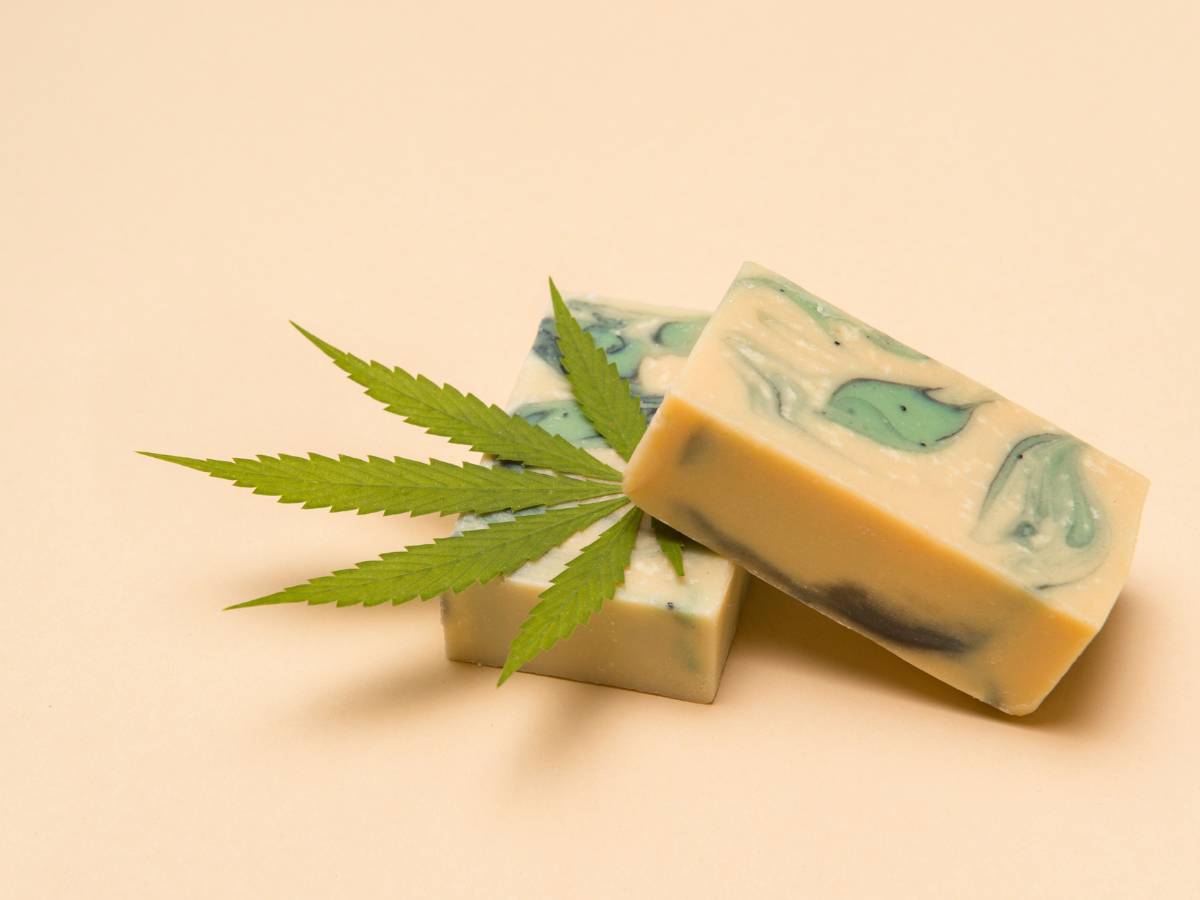
CBD Skincare Dosage Guide
Topical products containing CBD can also be applied directly onto the skin to help calm inflammation or for localised pain relief. The skin is the largest organ in the human body and being exposed to the elements it can become problematic. The anti-inflammatory and purported anti-aging properties of CBD can help. The tiny CBD molecules can easily penetrate the top layers of the skin to interact with cannabinoid receptors providing nourishing relief.
CBD infused skincare comes in a myriad of forms including Muscle Balm, Patches, Bath Bombs, Skin Balm and more. Each skincare product is unique and will provide full instructions on the packaging. We recommend following these for best results. With that said below is a guide to using CBD infused topicals.
Wash the skin before use to remove excess dirt or oil. After that apply a thin layer of balm, patch or muscle rub as a patch test to see how you respond. If no irritation occurs you can apply the topical to the area more liberally, gradually increasing the dose as required at regular intervals. For instance, use a thin layer once per day for the first few days then, if needed, apply twice or three times per day going forward.
Conclusions
It is apparent that cannabinoid molecules are highly nuanced with many changing and interacting components. Additionally your ideal dose of CBD will depend on the many factors discussed above. This makes it tricky to advise a precise CBD dosage up front. Finding your optimal dose requires patience and a little trial-and-error but with some perseverance you can quickly find your ‘sweet spot.’ Fortunately the safety profile of CBD allows these subtle, experimental modifications to be carried out safely.
If you are new to CBD remember the key point to “start low and go slow.” While CBD dosage is unique to the individual, slowly building the dose will see you soon discover your optimal dose. Plus once you get there you can retain efficacy at this dose for years to come. Most users report the best therapeutic effects at doses between 10 and 70mg. The latter end (70mg) now being the FSA daily dose recommendation for a healthy adult.
One final point about CBD is that effects are relatively benign. To truly assess its effectiveness it is important to pay close attention to your body. Also, like many supplements, it may take a few days to weeks use before you begin to notice a difference. Whatever the case, follow our guide above for all of the products in our store and you’re sure to get great results!
Want to know more about CBD?
If you’ve enjoyed this post you may like to read more about the use of CBD. Here are some of our most popular posts on Using CBD.
- Ultimate CBD User Guide
- Get it right first time – How to take CBD oil effectively
- Introduction to CBD (Cannabidiol)
- How to store CBD oil
Alternatively check out our other blog categories to learn all about – Learning CBD | Buying CBD
Any questions?
We would love to help if you have any questions around this topic. Let us know by dropping us an email or comment on one of our social channels. We will endeavour to get back to you asap but while you wait the answer to your query may lie in our CBD FAQs.
Don’t miss a thing
Stay up to date with all things CBD by following us on Instagram, Twitter, Facebook, LinkedIN or YouTube. Or why not subscribe to our newsletter to receive monthly CBD tips and offers directly to your inbox?
